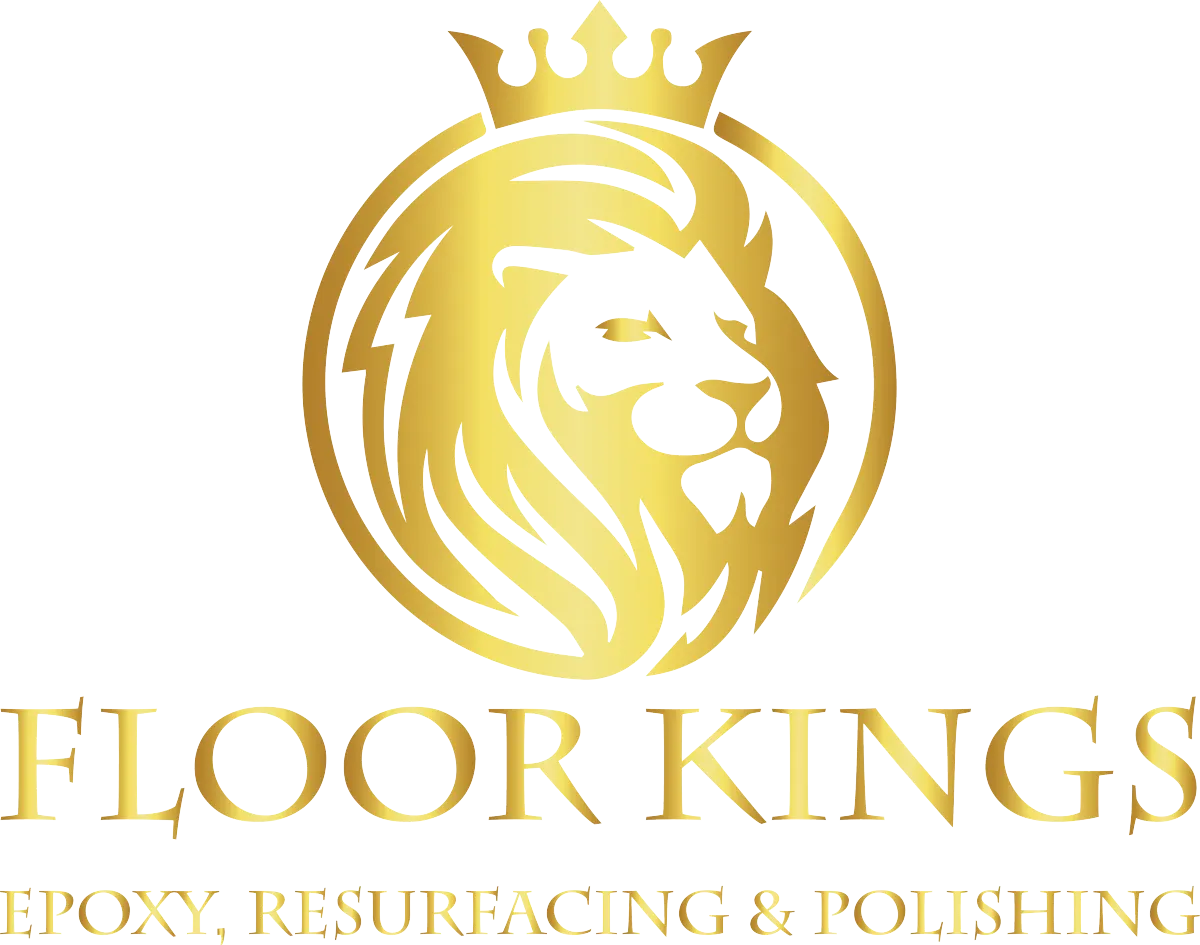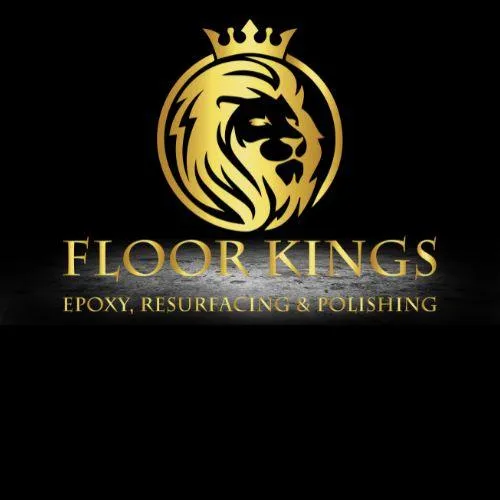
Radiant Heating and Polished Concrete: Cozy Elegance in Port St. Lucie
"Winter is not a season, it’s a celebration." – Anamika Mishra
That saying might feel out of place if you’re in Port St. Lucie. After all, Florida is known for sunshine and warm breezes! But chilly spells happen, and nobody likes stepping onto an icy-cold floor first thing in the morning—even in a generally warm climate. Enter radiant heating and polished concrete, a powerhouse combination that can make even the breeziest Florida days feel a touch more luxurious.
Intrigued? Let’s explore how polished concrete floors can harness radiant heating to deliver unmatched comfort, efficiency, and aesthetic brilliance.
Table of Contents
Radiant Heating: A Quick Refresher
Why Pair Radiant Heating with Polished Concrete in Port St. Lucie?
Heat Conductivity: The Quiet Marvel of Concrete
Hydronic vs. Electric Systems: Which One Suits You?
Installation Insights: From Prep to Final Polish
Energy Savings and Eco-Friendliness
Style Points: Sleek, Low-Profile, and Modern
Upkeep and Maintenance
Potential Challenges: Costs, Retrofits, and More
Where It Works Best
DIY or Hire a Pro: Making the Right Call
Practical Tips for a Smooth Project
FAQ: Clearing Up Common Doubts
Floor Kings: Your Local Polished Concrete Experts in Port St. Lucie
Call to Action: Let’s Make It Happen!
1. Radiant Heating: A Quick Refresher
Radiant heating involves installing heating elements—either water-filled tubes or electric coils—beneath the floor’s surface. Instead of relying on forced air, radiant systems warm up the floor itself, creating a more consistent indoor climate. This translates to cozy feet, less draftiness, and no bulky radiators stealing your wall space.
But in the realm of floors, polished concrete is particularly suited to this technology. Why? Because concrete’s mass and thermal conductivity enable it to absorb and radiate warmth evenly. And polished concrete, with its sealed and gleaming finish, amplifies that effect.
2. Why Pair Radiant Heating with Polished Concrete in Port St. Lucie?
You might be thinking, “Florida doesn’t experience harsh winters—why bother?” But let’s be honest. Even in a warm locale, those occasional cold snaps do occur. Plus, early mornings can feel noticeably cooler, and nobody loves stepping onto a frigid surface. Enter radiant heating.
In climates like Port St. Lucie, a radiant system can be run at a lower temperature for just enough gentle warmth when needed. Polished concrete fits the bill perfectly—durable enough for Florida’s humidity, easy to clean, and reflective enough to lend a spacious, airy vibe to your interiors. Combined, they create a floor that’s both functional and undeniably luxurious.
3. Heat Conductivity: The Quiet Marvel of Concrete
Concrete has a high thermal mass. That means once it warms up, it holds onto that heat for a long time, dispersing it upward gradually. This slow-release mechanism is fantastic for maintaining stable temperatures.
Other flooring options—like wood or vinyl—may insulate rather than conduct, slowing the heat transfer from the radiant system. But polished concrete practically invites that warmth upward, letting you enjoy it with minimal waste. Over time, that can lead to real energy savings, especially if you’re comparing it to a forced-air setup that cycles on and off.
4. Hydronic vs. Electric Systems: Which One Suits You?
Hydronic Radiant Heating uses hot water that flows through tubes beneath your floor. It’s highly efficient for larger homes or commercial buildings, offering consistent and gentle warmth over extended periods.
Electric Radiant Heating employs electric cables or mats. It heats up faster but can be more expensive to run if you’re warming up large spaces 24/7. For smaller areas or partial usage, it’s often the simpler choice.
In Port St. Lucie, you might opt for electric systems in specific rooms—like bathrooms or bedrooms—because let’s face it: you don’t need blazing heat in the living room in July. Hydronic can be great for bigger projects or if you value ongoing operational efficiency.
5. Installation Insights: From Prep to Final Polish
Insulation Layer: A thermal break or insulation board is typically placed beneath the heating elements to direct heat upward. This step is critical for energy efficiency.
Concrete Pour or Overlay: If you’re starting from scratch, the radiant heating goes in before the slab is poured. For remodels, a polished concrete overlay can be poured around the heating tubes or mats.
Polishing Process: After the concrete cures, grinding begins, moving through multiple grit levels until the surface attains that trademark sheen. Densifiers or sealers may be applied to harden and protect the floor.
Final Touches: The result is a gleaming, radiant-ready surface that’s stable, resilient, and visually impressive.
Professional installation is generally recommended. Polished concrete already demands skillful grinding and sealing, and adding radiant heating elements to the mix amplifies the need for expertise.
6. Energy Savings and Eco-Friendliness
You might be surprised by how radiant heating and polished concrete can serve your green goals. Radiant systems are more direct and efficient, losing less warmth compared to forced-air solutions. Concrete’s thermal mass lowers the frequency of on-off cycles, as the floor itself stays warm longer.
Moreover, polished concrete often incorporates existing slabs—meaning fewer materials are wasted. By reusing your base floor and enhancing it, you reduce the environmental impact compared to ripping out and installing entirely new flooring systems.
7. Style Points: Sleek, Low-Profile, and Modern
Some folks assume radiant heating would impose visible components or bulk. That’s not the case at all. The heating elements are fully hidden, so your floors look just like any other polished concrete. Actually, they look better because there’s zero visual disruption from radiators or baseboard heaters.
Polished concrete, with its reflective sheen, can be customized in terms of color, finish, and even embedded decorative elements. You can stain it for a more dramatic look or keep the natural gray tones if you prefer minimalism. The best part? Radiant heating doesn’t alter these aesthetic options. It’s like invisible magic underfoot.
8. Upkeep and Maintenance
One major plus? Polished concrete floors are famously easy to maintain. Sweep or vacuum regularly to remove dirt and grit. Mop with a neutral cleaner as needed to keep the shine. Radiant heating doesn’t add any extra burden to that routine.
Occasionally, you’ll want a professional checkup on your heating system, but day-to-day, you won’t even notice it’s there—aside from enjoying the pleasant warmth. Should the polished concrete lose a bit of luster, a quick refinishing might be warranted after a few years. But that’s about it.
9. Potential Challenges: Costs, Retrofits, and More
Let’s keep it real. While radiant heating plus polished concrete is a potent combo, it’s not always simple:
Installation Costs: The initial outlay for both radiant systems and polished concrete can be steeper than conventional heating and basic flooring. However, long-term savings and longevity can justify the expense.
Retrofits: If you’re adding radiant heating to an existing concrete slab, you might need an overlay. That’s an extra layer of cost and complexity, but it also offers a fresh canvas for polishing.
Temperature Regulation: If you’re brand-new to in-floor heating, expect a slight learning curve. Radiant floors can take longer to heat up but maintain steady warmth for extended periods.
Potential Repairs: If a radiant tube or cable malfunctions, locating and fixing the issue might be more involved. Still, with a well-planned system, major repairs are relatively rare.
10. Where It Works Best
Residential Interiors: Living rooms, kitchens, bedrooms, and even bathrooms gain a cozy edge from heated floors.
Commercial Spaces: Think office lobbies, boutiques, and showrooms. Impress visitors with polished concrete’s sleek aesthetic while sneaking in that underfloor warmth.
Outdoor Patios (Less Common in Florida): In cooler climates, radiant heating can prevent ice buildup. In Port St. Lucie, you may only want this for certain weather conditions or year-round comfort for lounge areas.
Wherever you crave comfort and style, radiant heating plus polished concrete can transform the space from “nice” to “wow.”
11. DIY or Hire a Pro: Making the Right Call
Polished concrete alone is already a specialized trade. Mix in radiant heating, and you’re dealing with mechanical, electrical, and structural components. Mistakes can be costly.
Professional Benefits: Professionals have the right grinding tools, know how to handle expansions and joints, and ensure your heating elements are installed correctly. They also coordinate local code compliance.
Risk of DIY: A single oversight—like an air bubble in the tubing or uneven grinding—could result in patchy heating or subpar finishes. That’s why most people in Port St. Lucie prefer to let the pros handle it.
12. Practical Tips for a Smooth Project
Consult Early: Loop in a radiant heating specialist and a polished concrete pro before finalizing plans. Early collaboration reduces the chance of design conflicts.
Plan Zoning: If your system is hydronic, decide which rooms or zones need separate temperature controls. This flexibility can save on energy costs.
Check the Slab Condition: If you have existing concrete, make sure it’s in decent shape. Cracks or major flaws may require prep work.
Decide on Overlays or Pour: Evaluate whether to polish the existing slab or add an overlay. Overlays can incorporate designs or colors but add cost and complexity.
Automated Thermostats: Pair your floors with a smart thermostat for timed, energy-efficient heating schedules.
Regular Maintenance Checks: Even if everything seems fine, a quick annual inspection can catch any minor issues before they escalate.
13. FAQ: Clearing Up Common Doubts
Q: Will radiant heating be overkill for Florida weather?
A: Not necessarily. Port St. Lucie may be warm most of the year, but those cooler days or nights can make floor heating a luxury that many appreciate. Plus, you can keep it off in peak summer.Q: Is polished concrete too slippery when heated?
A: Polished concrete can be slippery when wet, but heating doesn’t inherently make it more slippery. You can add slip-resistant additives if moisture is a concern.Q: What about humidity?
A: Polished concrete resists moisture penetration better than many floor types. For high-humidity situations, proper sealing and occasional maintenance are key.Q: Does radiant heating disrupt polished concrete’s finish?
A: No. Once installed and polished, your floor looks like any other polished concrete—just warmer. The heating elements are hidden and do not affect the finish’s visual quality.
14. Floor Kings: Your Local Polished Concrete Experts in Port St. Lucie
At Floor Kings, we pride ourselves on blending comfort and style to suit Florida lifestyles. Our expertise in polished concrete goes hand-in-hand with installing radiant heating systems that are as discreet as they are effective.
Looking for that unique, high-end design with a dash of practicality? We’ve got you covered. We’re pros at evaluating slab conditions, recommending the right type of heating system, and polishing everything to a gleaming finish. Whether you need a re-polish or a brand-new floor, we tailor our approach to match your needs perfectly.
Here’s the best part: we understand the nuances of Port St. Lucie’s climate—balancing warm days with those unexpectedly cool nights. That means every recommendation we make is rooted in local experience, not just generic best practices.
15. Call to Action: Let’s Make It Happen!
Curious about how radiant-heated polished concrete floors can transform your Port St. Lucie home or business? Fill out our contact form to get started, or give us a ring at 772-370-7938. You can also email us at [email protected]
Let’s work together to create a floor that’s comfortable, stylish, and 100% you!

